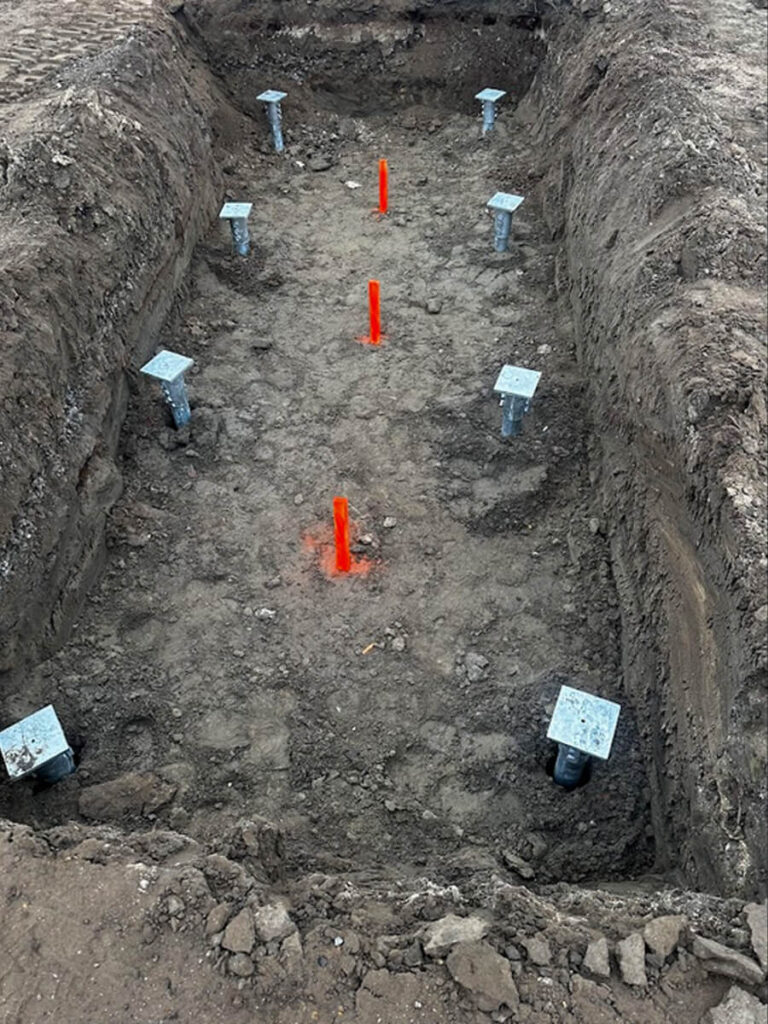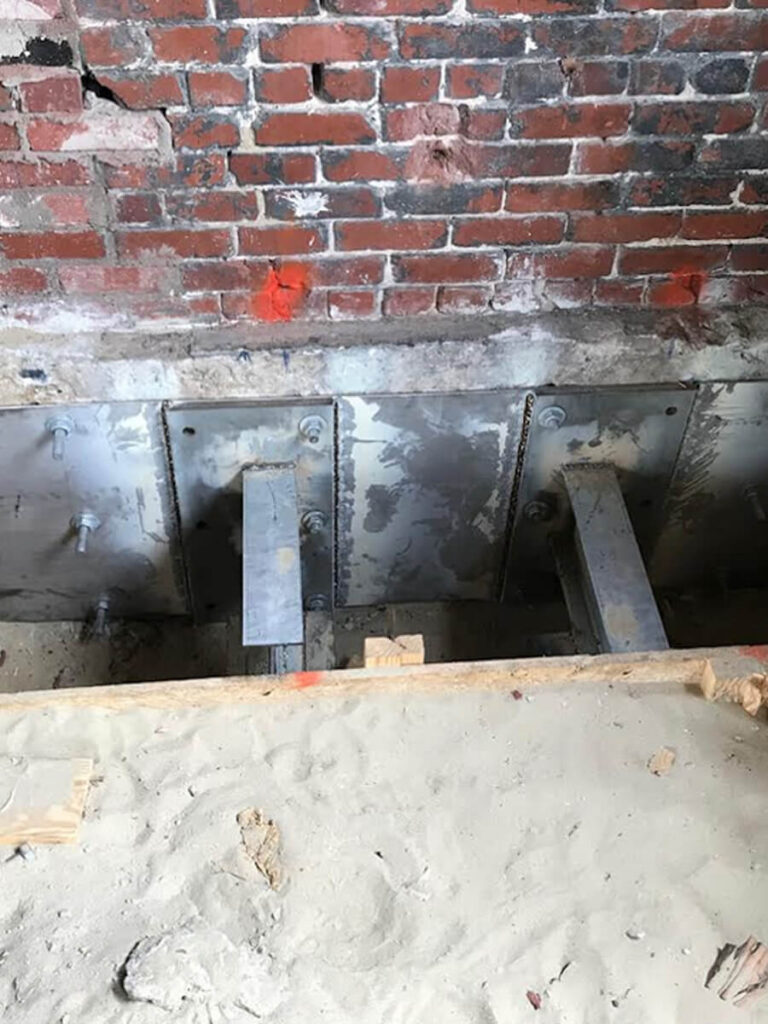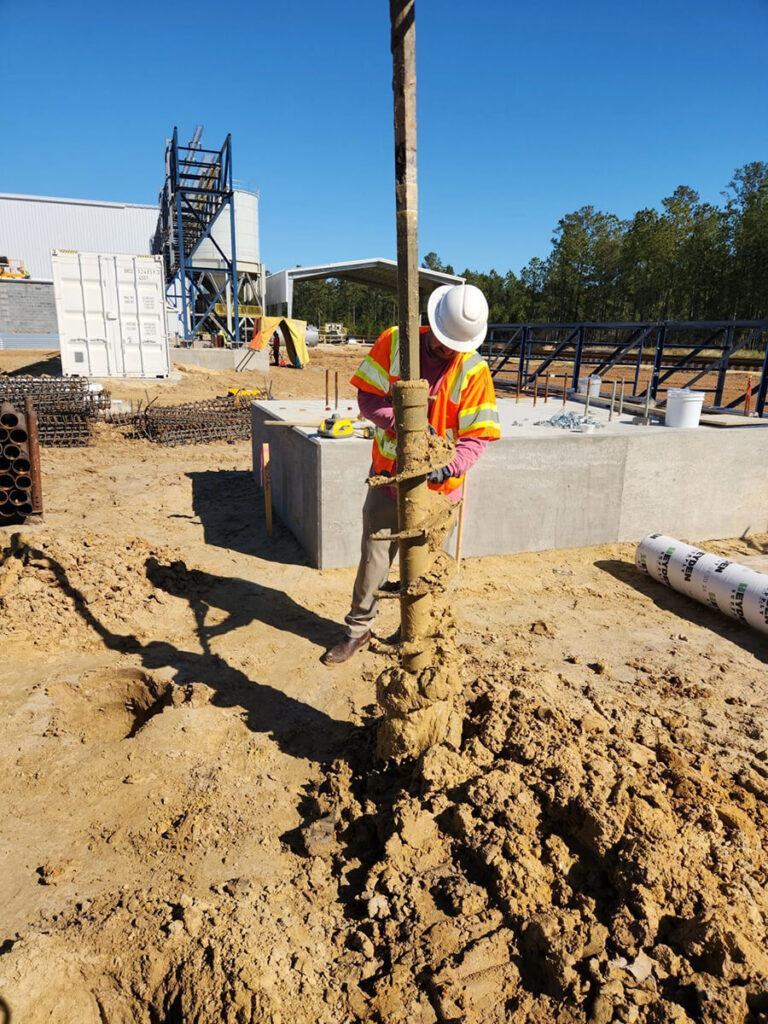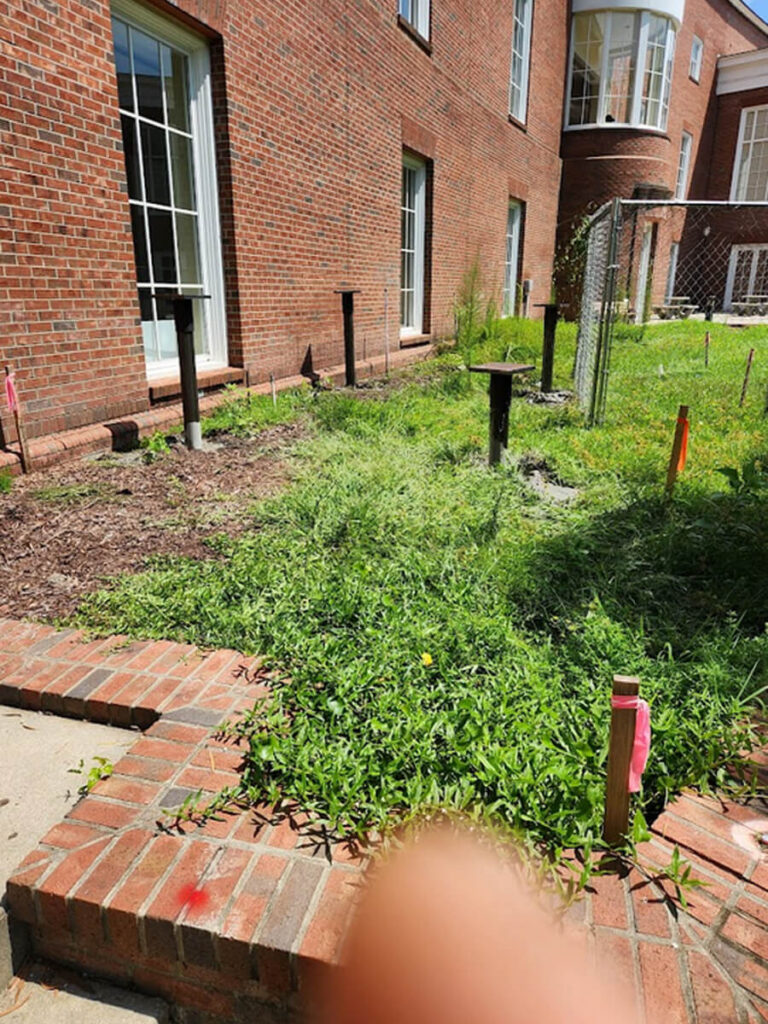Rigid Inclusion
Engineered Stability for Challenging Soils
Rigid inclusions are a ground improvement technique used to reinforce compressible soils beneath structures without directly connecting to the foundation. At CNT Geotechnical, we design and install rigid inclusions to enhance load-bearing capacity, control settlement, and improve overall ground performance.
Compliance and Approval
Executed DOT approved projects
Executed Federal Contract projects
Executed FAA construction projects
ISO 9000-Certified Manufacturing
From the first pile to the millionth, every CNT Geotechnical product meets the same exacting standards—guaranteeing uniform performance and reliability on every project.
ICC-ESR Certified
CNT Geotechnical products are backed by an ICC-ESR report, the industry-standard verification that our manufacturing process consistently meets code requirements. This certification ensures that the products we deliver are identical in quality and performance to those submitted for independent testing—giving you confidence in every pile we install.
IBC-Compliant Deep Foundation Systems
All CNT Geotechnical deep foundation elements are fully compliant with the International Building Code (IBC). With CNT, you're building on a foundation that’s not just strong—it’s code-approved and legally sound.
What to Look for in a Geotechnical Vendor
Engineering and Production
CNT geotechnical
In house engineering
Ensures ability to design to a higher degree of accuracy a pile that fits the project requirements. It also to schedule engineering for higher priority jobs since we have control over that are not beholden to a subcontractor.
CNT geotechnical
Yes
Uses American Made and Sourced materials
Many contracts require American sourced materials, non American materials do not have as stringent quality in their steel as American suppliers. Lastly, we like to support American workers.
CNT geotechnical
Yes
Seismic Code compliant
Protects the structure in the event of an earthquake
CNT geotechnical
Yes
Service
CNT geotechnical
Rapid Response Install Team
This ensures that projects with tight timelines can be completed without delays in the overall schedule.
CNT geotechnical
Yes
Lifetime warranty
Hundreds of thousands of piles in the ground without a single failure and guarantees in writing that anything constructed will never move.
CNT geotechnical
Yes
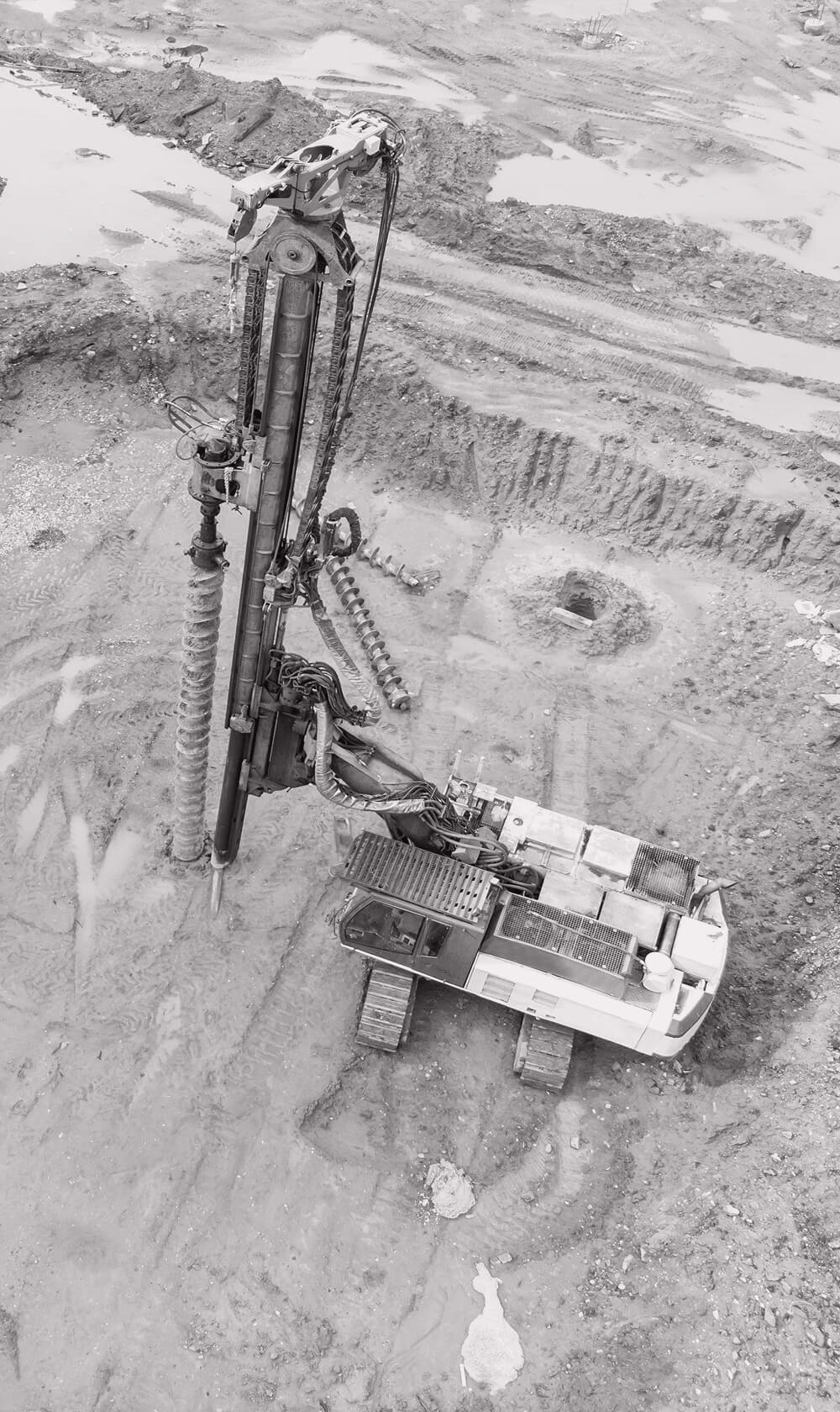
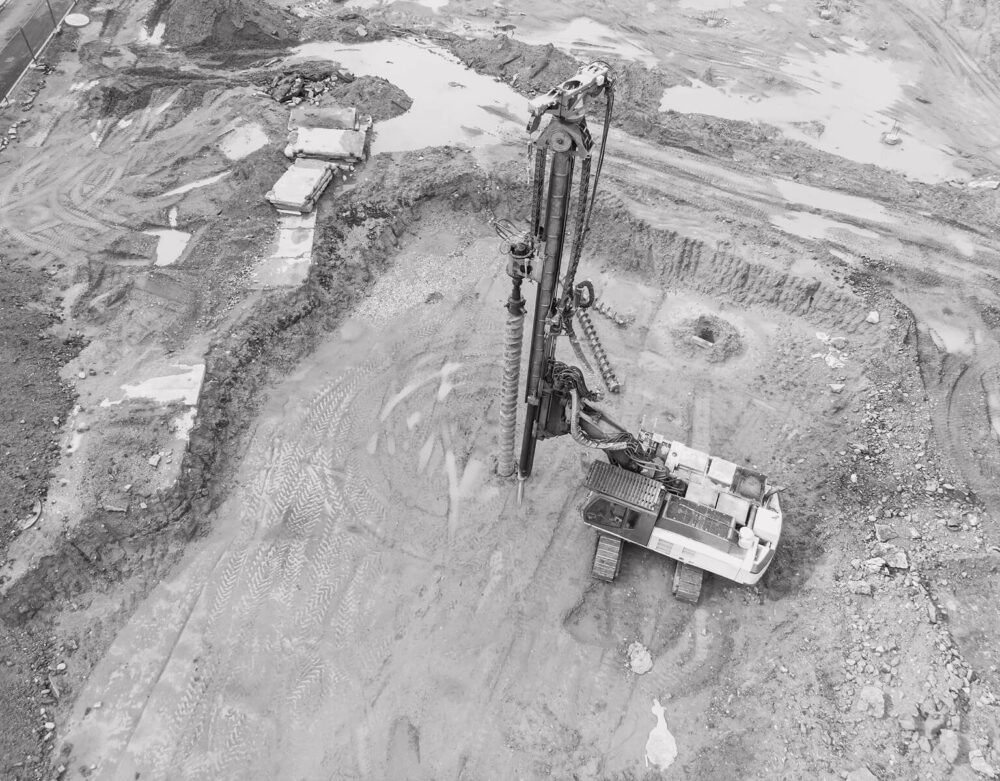
Key Benefits
Precision Engineering
Delivers stability in demanding conditions
Efficient Installation
Rapid and cost-effective placement for time-sensitive projects
Sustainability
Reusable design reduces waste and environmental impact
Adaptability
Effective for diverse applications, from urban sites to marine projects
Applications
Urban Retaining Walls
Stabilizing soil for infrastructure and construction
Flood Defenses
Protecting against water intrusion in flood-prone areas
Marine and Coastal Structures
Piers, docks, and waterfront development
Temporary Earth Retention
Supporting excavation and construction sites
